One of the most appealing things about eating out in Korea is the unlimited free refill on the side dishes, known as banchan.
That must sound like a strange idea to those not familiar with Korean cuisine. How can businesses make money if they're giving away food for free? It is certainly one of the cultural differences that catches visitors off guard the first time that they see it.
Actually, this practice is deeply rooted in Korean history and character as a nation. So let's learn about it and understand why we all get the privilege to eat unlimited side dishes with each meal!
KIMCHI
This signature cabbage banchan is offered at every restaurant.
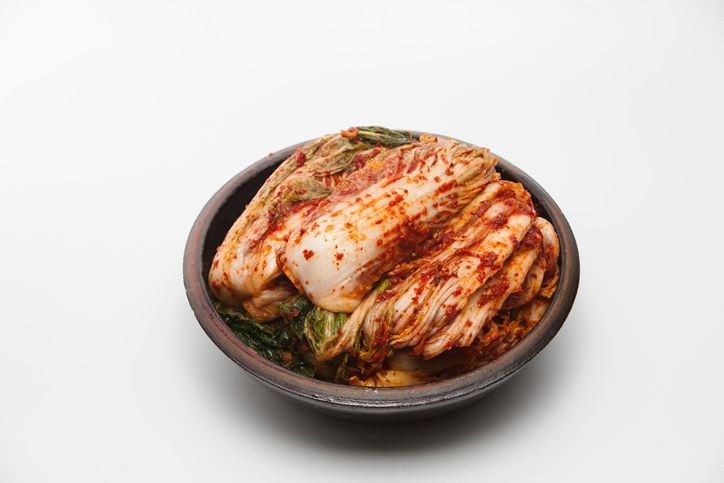
Due to the mountains and cold winters, Korea doesn't have a lot of farmland and it can be quite difficult to manage large scale farms capable of producing massive amounts of vegetables.
To solve this problem, Koreans have for generations been storing vegetables in pots to ferment so that they will have food available for the winter. This is how kimchi, the most representative food of Korea, came to be.
In addition to the typical cabbage kimchi, there are also radish and cucumber variations. That's just to name a few. There are hundreds.

Kimchi has evolved over the years. It was originally served in water and went by a different name. At that time, radish was the main vegetable used.
Presently, Kimchi is an integral part of Korean life and families eat it all year round. The story and persistent tradition of Kimchi unites all Koreans.
OTHER COMMON BANCHANS
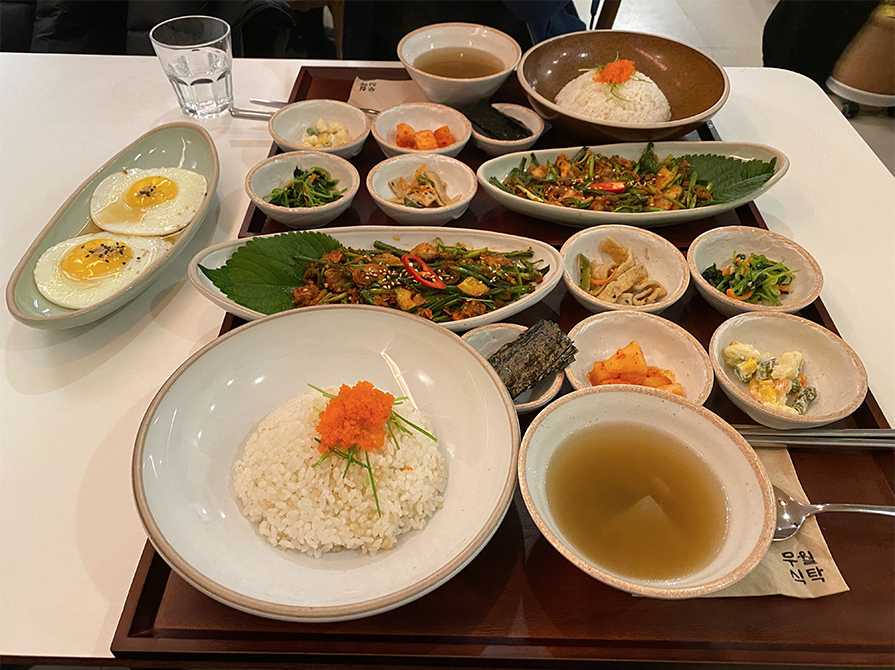
Other than kimchi, there are bean sprouts, cucumber vegetables, and sesame leaves pickled in soy sauce. Some of the more luxurious Korean restaurants serve egg rolls, tteokbokki, and ganjang gejang.
Eating at a Korean restaurant is always an exercise in how to maneuver all the dishes to actually fit on the table. It is not uncommon to receive 3 or more different banchan dishes alongside the main course that you order. It is also not impossible to come across restaurants that serve nearly 10 different side dishes all for free.
Restaurants take great pride in their side dishes. It's the best way to ensure that customers feel satisfied and fulfilled by their meal. So they will often put great diligence into their side dishes to keep you coming back for more.
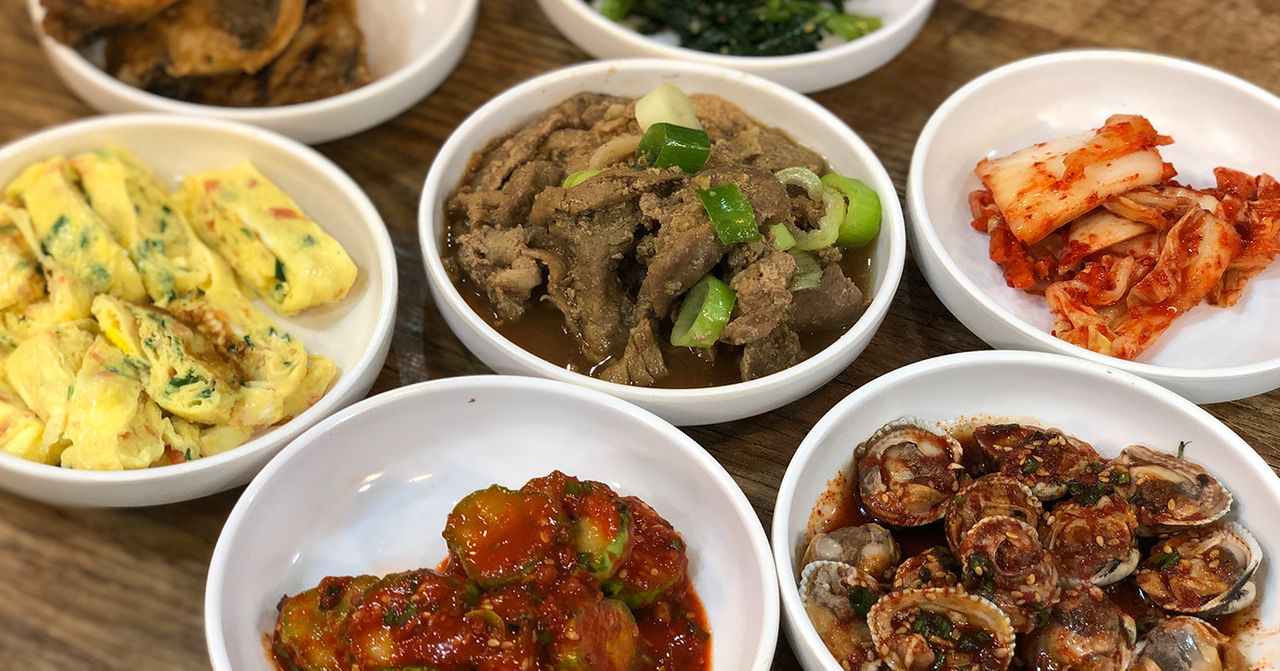
Many restaurants make unique side dishes that are not always common. But most side dishes offered at restaurants are the same sort that you would find in any given Korean home, which makes customers feel welcome and comfortable.
HOMEMADE BANCHANS
In Korea, as the number of small families increases, there are fewer and fewer instances where the whole family gathers together to make kimchi.

During a kimchi-preparation event -- "kimjang" -- a large amount of kimchi is laid out for all members of the family work on.
For modern Korea, making kimchi is no longer aimed at "preparing for winter," but rather a chance for people to come together and participate in a wholesome and fulfilling family activity.
This practice is less common these days, but parents still like to prepare kimchi and distribute it to their children as a show of affection.
Currently, the banchan sold in traditional markets and supermarkets is becoming more and more diverse and you can buy various kinds to take home. Kimchi is also sold cheaply in units of 1kg or 2kg or even individual-sized bags.
WHY OFFER ALL-YOU-CAN-EAT BANCHAN?
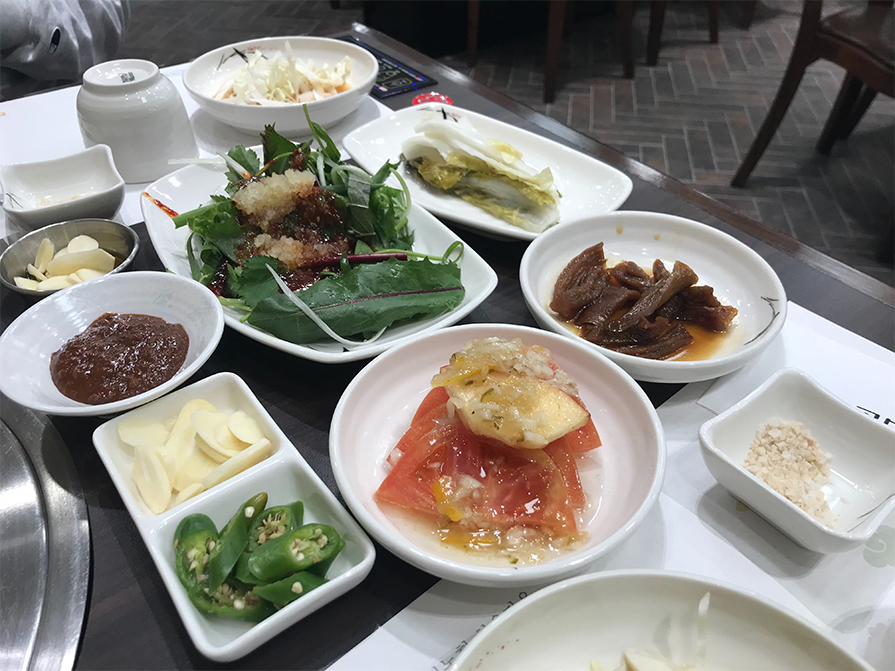
The best thing about Korean restaurants is that you can have free refills of banchan. If you eat all of one dish, you simply have to raise your hand and ask for more. They will quickly and happily refill it for you.
But why is this so popular in Korea?
There are many obvious reasons, such as quality of service and customer satisfaction. But for most Koreans, refilling of banchans free of charge is an idea that has been ingrained since childhood. Koreans would feel very confused if they were in a situation where they could not get refills.
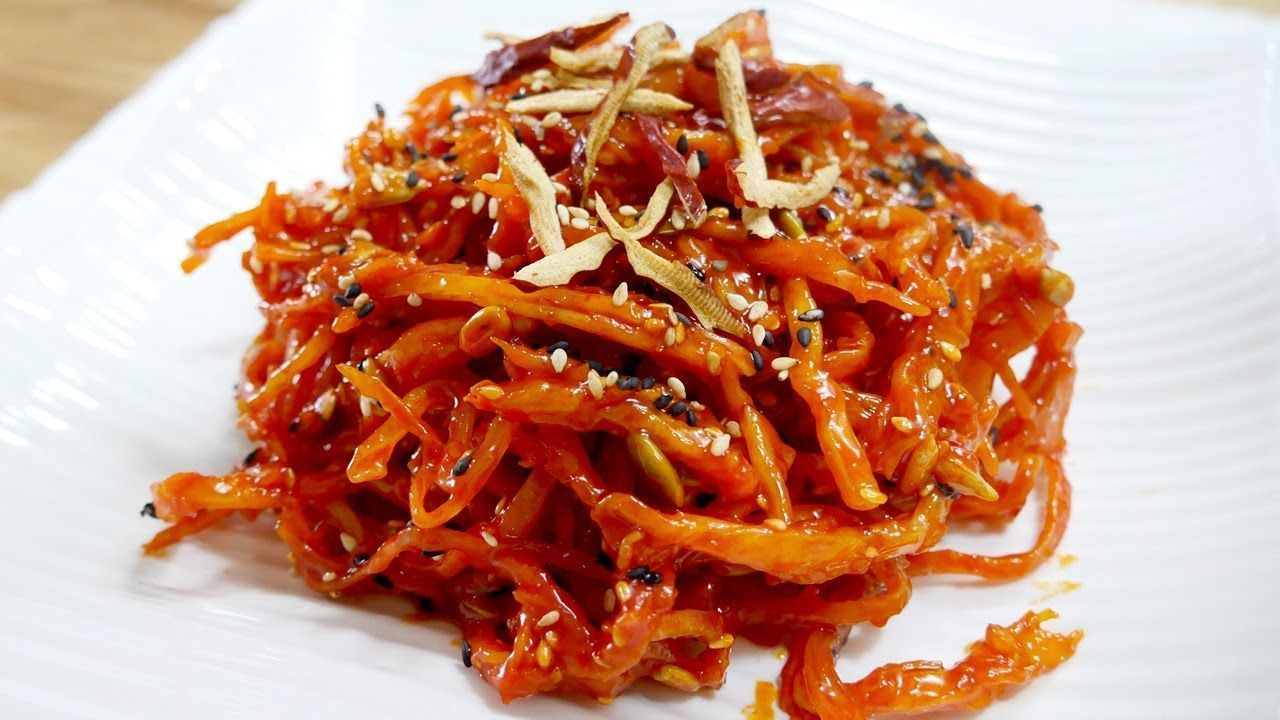
One of the reasons why it became so popular is that white rice was much more expensive than kimchi and banchan during difficult times in the Korean economy. There were many times people couldn't eat enough to feel full.
It was too expensive for restaurants to give refills of rice, but in order to make sure you were full, they offered you a second helping of banchan. This custom persisted through several difficult periods in Korean history, including the Korean war, the reconstruction period, and the financial crisis.
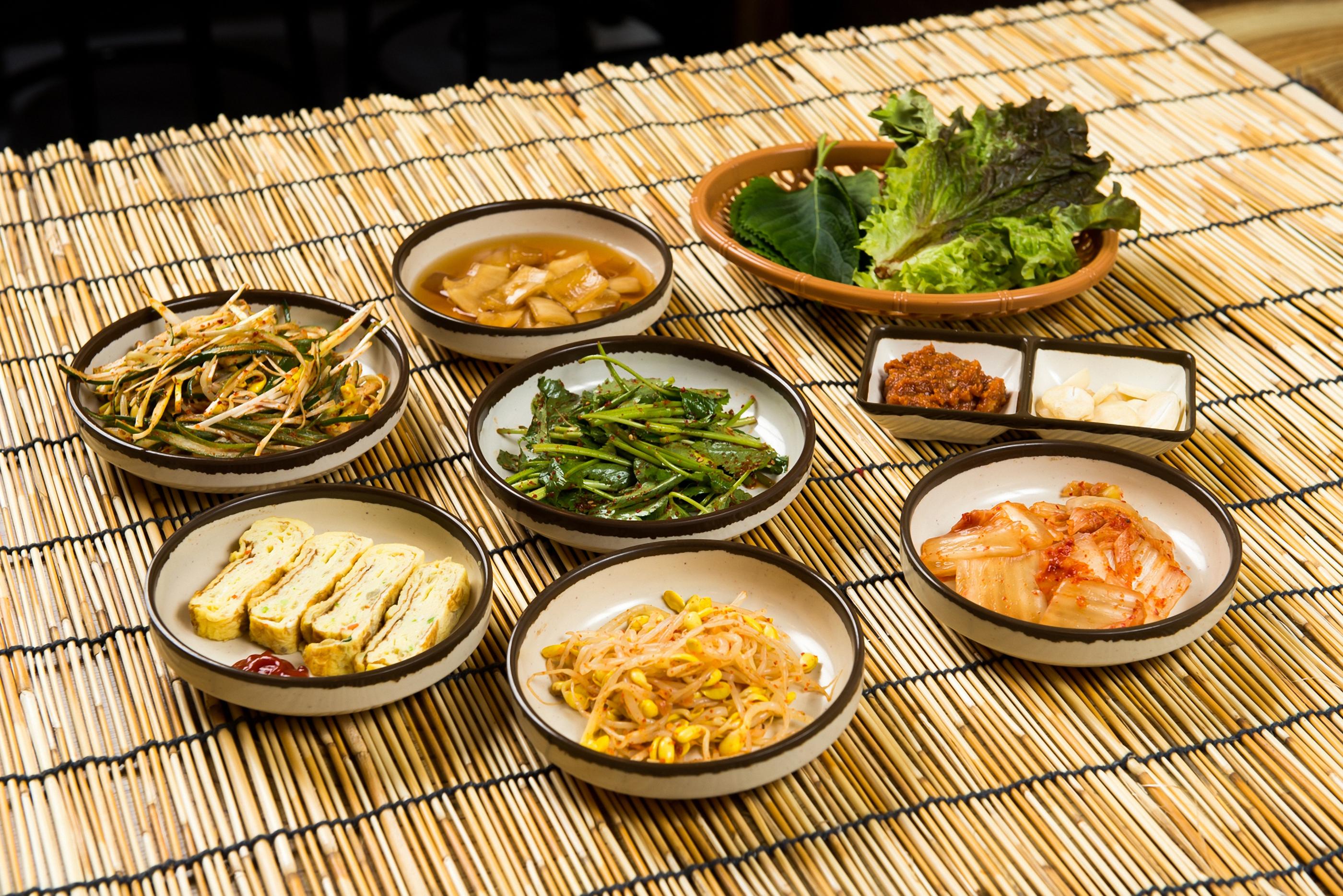
In addition, Koreans started to refer to workers in the restaurant as emo, meaning aunt, making the restaurant experience one of the only places you could feel fulfilled by food and feel like family.
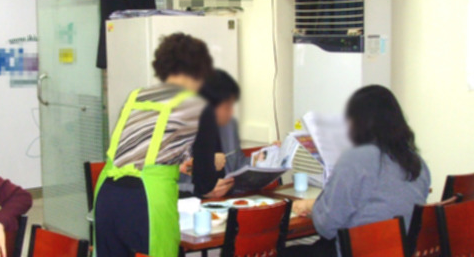
Cheap Korean restaurants are still popular among the elderly, drivers and students. Popular restaurants such as low-cost buffets and driver's restaurants, which students love, always have free refills. Koreans even invented a word to describe the necessity of offering free refills of banchan to customers.
HOW IS BANCHAN SERVED?

Usually, Koreans won't continue to refill their side dishes more than two or three times. It's not about trying to stuff your face to the point of explosion or trying to "get your money's worth." It's just about leaving the restaurant with a happy and satisfied belly.

In order to reduce operating costs, some restaurants have suggested limiting or removing the unlimited banchan options. However, some complain that this old custom originated from the days when the Korean people supported each other, and that the custom cannot be changed over something as small as cost.
For this reason, many Korean restaurants these days have adopted a self-service system in which you can eat as much as you like, but you have to approach the food station and fill your own bowls. This allows restaurants to simply prepare the banchan in bulk and reduces the burden on staff.
Korean food is well-known and loved all around the world and in Korea itself. Definitely one of the main reasons for its popularity is the delicious banchan served alongside each dish.

